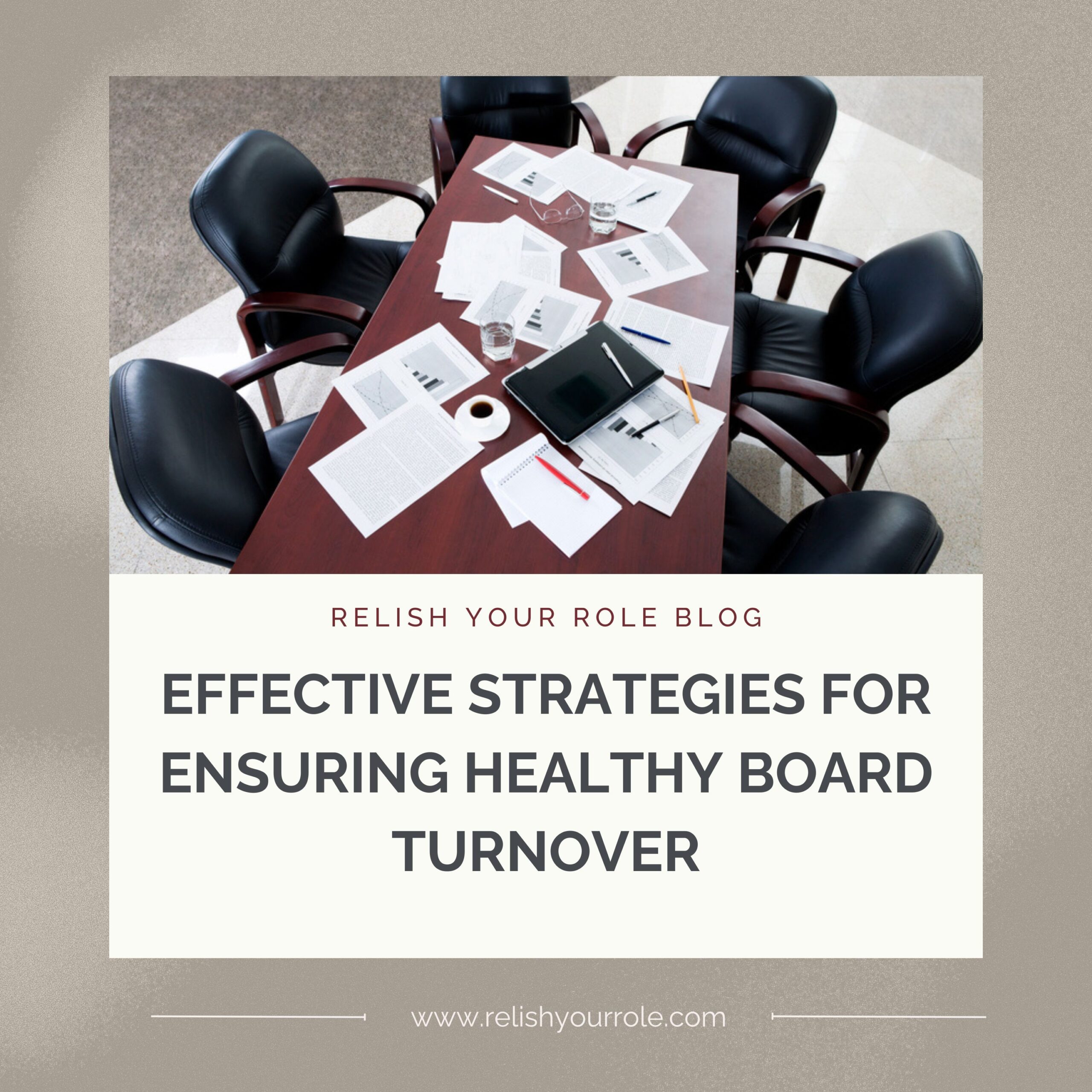Best Practices for Effective Nonprofit Governance and Board Renewal
In today’s ever-changing nonprofit sector, organizations face increasing uncertainty—from unpredictable funding to shifting societal values. To thrive in these challenging times, nonprofits need dedicated Boards that consistently contribute their time, expertise, and social capital. One of the most effective ways to cultivate a high-performing Board is by implementing structured processes that encourage predictable turnover in both membership and leadership.
Why Healthy Board Turnover Is Essential for Nonprofits
A dynamic Board is built on diversity, fresh perspectives, and shared passion for the organization’s mission. While thoughtful recruitment is crucial, an effective Board requires ongoing attention to term limits and the removal of disengaged members. Board turnover isn’t just about filling seats—it’s about injecting new energy, ideas, and relationships into your leadership.
New Board members, when properly onboarded, are enthusiastic and eager to learn. They challenge existing assumptions and motivate long-standing members to re-engage. In contrast, keeping non-participating members can drag down energy and limit the Board’s effectiveness. Why allow valuable Board seats to be occupied by those who no longer contribute?
When Board members serve for multiple consecutive years, their understanding may become outdated, making it difficult for them to adapt to new realities. Vibrant Boards have processes in place to ensure regular, predictable turnover, keeping the organization responsive and forward-thinking.
Overcoming Resistance to Board Turnover
Many Boards hesitate to implement turnover due to concerns about conflict or the potential loss of financial support. Turnover should not be viewed as rejection-it’s an opportunity for growth and renewal.
To support this healthy turn over:
- Ensure your bylaws clearly outline term lengths and the number of consecutive terms members can serve.
- Regularly review and update bylaws to prevent stagnation and encourage engagement.
- Remember, stepping down from the Board does not mean cutting ties—it’s possible to maintain a positive relationship with departing members.
Proven Ways to Ease Board Members Into New Roles
When it’s time to bring in new talent, there are several strategies to help outgoing Board members transition gracefully, preserving goodwill and ongoing support for your organization:
- Create Emeritus Board Positions: Establish a group of emeritus members to honor individuals with long-standing involvement. This allows them to retain a title and remain publicly affiliated with your nonprofit, recognizing their valuable contributions while making room for new leadership.
- Appoint to an Advisory Committee: Form advisory committees focused on special projects or broad organizational objectives. Outgoing Board members can continue to offer insights and expertise, staying engaged without holding an official Board seat.
- Launch a Board Mentor Program: Invite experienced Board members to mentor newcomers. This fosters knowledge transfer and helps new members become effective, while keeping former members connected to the organization’s mission.
Facilitating Graceful Board Exits
Navigating Board turnover can be sensitive, but clear bylaws and open communication make the process smoother. Remind members of their term limits so they can plan their departure. For performance-related exits, recognize their past contributions and offer opportunities for continued involvement in advisory or reduced-capacity roles.
Regardless of their future involvement, always show appreciation. Keep former Board members on your mailing list, invite them to recognition events, and treat them as valued allies who remain part of your nonprofit community.
Conclusion
Healthy Board turnover is crucial for nonprofit sustainability. By implementing these best practices, your organization can ensure ongoing renewal, harness diverse perspectives, and create an engaged leadership team ready to meet today’s challenges. If you need help in initiating Board turnover or other Board relationship issues, consider scheduling a Board-focused 90-minute strategy session with Relish Your Role.

